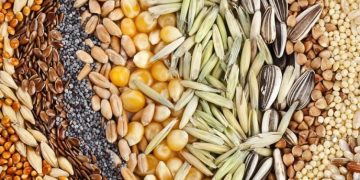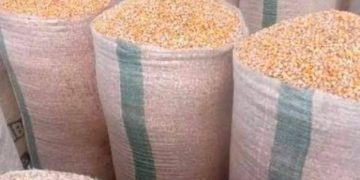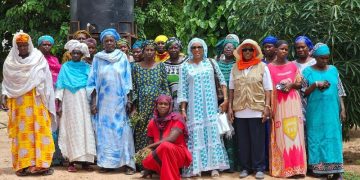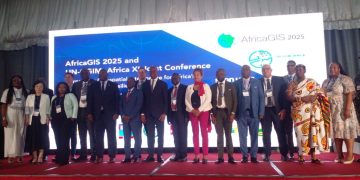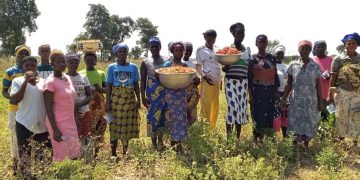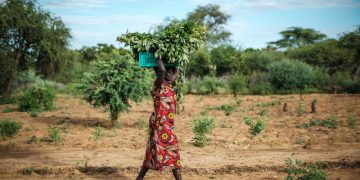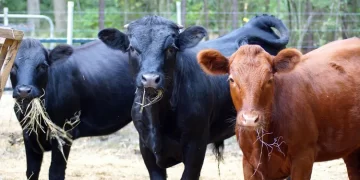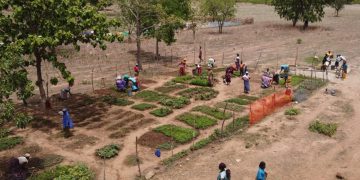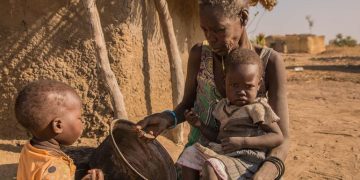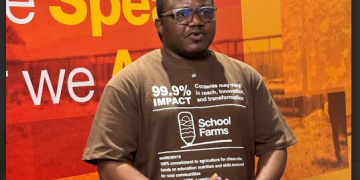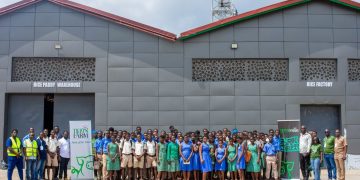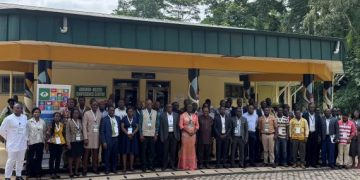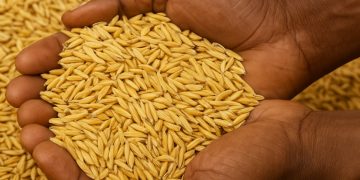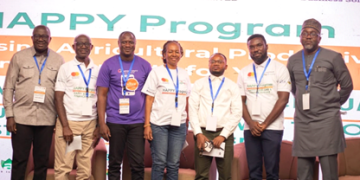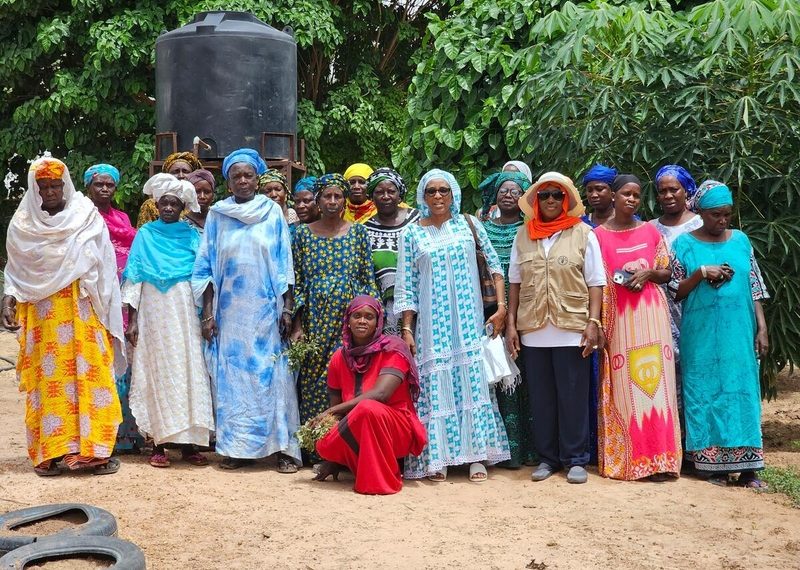New analysis by the Food and Agriculture Organization of the United Nations (FAO) reveals that agrifood systems, critical to addressing climate change, biodiversity loss and global hunger, are receiving a fraction of international climate-related development finance, with much of the funding failing to reach the countries and communities that need it most.
The data shows that while overall climate-related development finance grew by 12 percent between 2022 and 2023 across sectors, finance for agrifood systems stagnated with a mere one percent increase. Their share of the total climate-related development finance almost halved between 2009–2023.
This stands in stark contrast to the estimated USD 1.3 trillion investment gap, roughly twelve times current funding, needed to transform agrifood systems toward sustainability, resilience, and inclusivity, and to achieve the goals of the Paris Agreement.
“This funding gap is unsustainable,” says Kaveh Zahedi, Director of FAO’s Office of Climate Change, Biodiversity and Environment (OCB). “Without scaling up investments in agriculture and food systems the world risks missing a key opportunity to build resilience, help rural communities adapt to a warmer, more uncertain world and reduce emissions in line with the goals of the Paris Agreement.”
The analysis is part of the flagship publication series of the Food and Agriculture for Sustainable Transformation (FAST) Partnership, a multi-stakeholder platform established at COP27 that works to strengthen the quantity and quality of climate finance for agrifood systems. The publication aims to equip a wide range of partners – including COP30 participants, UN agencies, international finance institutions, national governments of both donor and recipient countries, governmental and non-governmental stakeholders – with the evidence necessary to strengthen strategies, mobilize resources, and accelerate the transition of agrifood systems toward greater sustainability, resilience and equity.
Key findings
Agrifood systems are critically underfunded. In 2023, livestock, fisheries, forestry and crop production received only four percent of total climate-related development finance, despite their vital role in preventing hunger, malnutrition, and food crises exacerbated by climate extremes and mitigating nearly 30 percent of global greenhouse gas emissions.
Encouragingly climate finance for agrifood systems continues to focus strongly on adaptation, underscoring the sector’s vital role in strengthening resilience to climate change. In 2023, 45 percent of climate-related development finance for agrifood systems focused on adaptation, compared with 34 percent for mitigation and 21 percent for cross-cutting objectives.
The way climate finance is delivered is changing. The role of multilateral development banks (MDBs) in agrifood finance is growing. In 2014, they contributed 28 percent of public climate finance to agrifood systems. By 2023, that rose to 43 percent, overtaking bilateral donors. This highlights the need for stronger coordination and co-financing between MDBs and Development Assistance Committee (DAC) members to maximize impact and strengthen co-financing mechanisms.
We’re also seeing a growing use of diverse financial tools in climate finance, including a rise in debt instruments, particularly in regions such as Africa. While this shift reflects growing interest from investors in new ways of supporting climate action in food systems, it also highlights the need to carefully assess the quality of funding and to design financial instruments that help farmers transition to more sustainable agricultural practices without increasing their financial vulnerability.
It’s not just about more money, quality matters too. Least Developed Countries (LDCs), which are highly vulnerable to climate change, received just USD 7.7 billion (5 percent) of agrifood-related climate finance in 2023, despite being among those most in need.
Smallholder farmers produce a third of the world’s food and stand on the frontlines of climate change. Existing systems are often too complex, fragmented, and disconnected from their realities, leaving them without access to climate finance.
Where do we go from here?
Climate finance drives climate action and is a cornerstone of the global development agenda. Its importance has gained increasing recognition in international fora, including the United Nations Framework Convention on Climate Change (UNFCCC) and the G20 Agenda.
To increase both the quantity and quality of finance, climate-related development finance serves as a crucial catalyst. Eighty percent of the increase in global climate finance for agrifood systems comes from domestic investments, concentrated in a few countries with sufficient fiscal capacity. For countries lacking this capacity, grants and concessional loans serve as vital springboards, supporting capacity building, lowering capital costs, and de-risking projects that have yet to attract private investment.
Without sustained international public finance, many Least Developed Countries will struggle to implement key adaptation actions, strengthen institutional readiness, or access blended finance models.
Continued monitoring and analysis of climate-related development finance flows from a sectoral perspective is essential to identify trends, address gaps, and inform policy decisions.
As Kaveh Zahedi said ahead of the launch of the publication at COP30, “Agrifood systems provide the smartest investments we can make to build a sustainable, climate-resilient and food secure future”.
Source : FAO











